Anthurium – Flamingo Lily
Marigolds are vibrant and cheerful flowering plants widely cherished for their beauty and versatility. This comprehensive guide will explore the captivating world of marigolds, including their origins, different species and cultivars, growing requirements, and various uses. By the end of this guide, you will have a comprehensive understanding of marigolds and be equipped with the knowledge to grow and appreciate these delightful flowers.
Origins and Types:
Marigolds belong to the genus Tagetes and are native to North and South America. They come in various species, including French marigolds (Tagetes patula), African marigolds (Tagetes erecta), and signet marigolds (Tagetes tenuifolia). Each type offers unique characteristics, such as different flower sizes, colours, and growth habits.
Growth Requirements:
Marigolds are relatively easy to grow and thrive in well-draining soil with good fertility. They prefer full sun but can tolerate partial shade. These hardy plants can withstand various climates and are suitable for garden beds and containers.
Watering and Soil Moisture:
Marigolds prefer moderate watering, allowing the soil to dry slightly between waterings. Overwatering can lead to root rot, so it’s essential to maintain proper soil moisture. Adding organic matter to the soil helps improve drainage and moisture retention.
Sunlight Requirements:
Marigolds are sun-loving plants and thrive in full sun conditions. They require at least 6 hours of direct sunlight daily for optimal growth and abundant flowering. Adequate sunlight also enhances the vibrant colours of their blooms.
Fertilization and Nutrients:
Marigolds benefit from regular fertilization to promote healthy growth and abundant blooms. Use a balanced fertilizer or a fertilizer with a higher phosphorus content to encourage flowering. Follow the instructions on the fertilizer package for proper application.
Deadheading and Pruning:
Regular deadheading removes faded flowers, encourages continuous blooming and keeps the plant tidy. Additionally, light pruning can help maintain a compact shape and prevent legginess.
Pests and Diseases:
While marigolds are generally resilient, they can still be susceptible to pests like aphids, snails, and slugs. Regular inspection and prompt action can help control these pests. Marigolds are relatively disease-resistant, but overwatering or poor air circulation can lead to fungal diseases. Proper spacing and well-draining soil can minimize these risks.
Companion Planting and Pest Repellent Properties:
Marigolds are renowned for their pest-repellent properties and are often used as companion plants in vegetable gardens. Their pungent aroma deters many insects, including nematodes, aphids, and whiteflies. Planting marigolds alongside vegetables can help protect them from pests.
Uses and Benefits:
Marigolds have various practical and decorative uses. Their vibrant flowers make beautiful additions to flower arrangements, and their petals can be used to add colour to salads or as a natural dye. Marigold extracts are also utilized in skincare products for their soothing and anti-inflammatory properties.
Saving Seeds and Propagation:
Marigolds are easy to propagate from seeds. Saving seeds from mature flowers allows you to grow new plants in the following season. Collect the dried flower heads, remove the seeds, and store them in a cool, dry place until planting.
Marigolds are versatile and captivating flowers that bring beauty and joy to any garden or landscape. Following the comprehensive information shared in this guide prepares you to embark on your marigold-growing journey. Embrace their vibrant colours, enjoy their pest-repellent properties, and explore these delightful flowers’ many uses and benefits. Happy gardening!
Things to know about ANTHURIUM
Common (vernacular) Name
एन्थूरियम (Hindi), Anthurium, Flamingo Lily, Flamingo Flower, Painter's Palette, Lace Leaf, Pigtail Plants, Tail Flower and many more.
Botanical Name
Anthurium Andraeanum
Origin
Mexico to Tropical America (Colombia, Ecuador).
Family
Araceae
Plant Type
Tropical plant
Plant Features
Ornamental / Evergreen / Exotic
Life Cycle
Perennial
Landscape Uses
Container Planting and Houseplants.
Species
Belolonchium, Calomystrium, Cardiolonchium, Chamaerepium, Cordatopunctatum, Dactylophyllium, Decurrentia, Digitinervium, Gymnopodium, Leptanthurium, Pachyneurium, Polyphyllium, Polyneurium, Porphyrochitonium, Schizoplacium, Semaeophyllium, Tetraspermium, Urospadix, Xialophyllium.
Varieties
It comes with thousand of different varieties in a diversity of leaf and flower colorations.
Size
Height : 1 to 1.5 feet tall and Width : 1 feet wide when mature.
Indoors or Outdoors
Outdoors : Anthurium can be used outdoors in shady plantings, avoid direct sun light.
Indoors : Excellent plant grow in bright light or indirect light. Best indoor plants for beginners.
Blooming / Flowering
Blooming period is throughout the year.
Flower Colour
It’s come with a contrasting spadix Gold, Yellow, Orange, Pink, White, Green, Purple, Red, Burgundy, Multicolored and Variegated colours.
Lucky Plant
According to Feng Shui, It bring Good Luck in your relationships.
Lighting / Sun Exposure
Bright Indirect Sunlight.
Temperature
Grow best preferably warm temperature above 21°C and can be tolerate max temp. as high as 32°C.
Growth Rate
Anthurium is a slow to moderate growers plant.
Watering
Moderate watering, Mist or over head sprinkler to provide water and to improve relative humidity. Not tolerate overwatering it may cause root damage and yellowing of the leaves.
Fertilizer
Slow-release fertilizer, or a water-soluble liquid fertilizer once or twice in the growing season (Spring through Summer).
i.e. - Cow dung, DAP, Compost, NPK 30-10-10 fertilizer, liquid organic fertilizer etc.
Pruning
Pruning of Anthurium not much is needed. However, trimming away only discolored or dead leaves.
Propagation
Seeds : The best time to sow your Anthurium seeds is in the end of Winter / early Spring but it can't can give good result.
Stem Cuttings : The easier methods of propagation of Anthurium in water or in soil via stem cuttings, and can be done during the warm growing season.
Division : Division of Anthurium can be done in Rainy season, or better in February to March.
Dormancy Period
Month : November to February (winter season)
Shed their leaves and show poor growth, Watering minimally.
Avoid : Propagate, Fertilize and Repotting.
Container
Ceramic Pot, Plastic Pot, Terracotta or Clay Pot is preferred, which ensures good drainage as well as water holding capacity.
Soil Type
A well-drained Loam / Coarse potting soil is recommended as well as water holding capacity. Prevent soggy potting medium.
Our recommendation for potting mix : Equal part mixture of Garden Soil (25%) + Compost (25%) + River Sand (25%) + Cocopeat (25%). You can substitute pieces of Charcoal, Vermicompost, Perlite etc.
Soil pH
Lightly Acidic soil - Ideally 5.5 to 6.5 pH (potential of hydrogen) is recommended for Anthurium.
Repotting
It is advisable to repot the Anthurium every year or two preferably spring to midsummer season.
Maintenance
Low maintenance and easy to grow.
Properties
Toxic or Poisonous to both humans and pets upon ingestion.
Benefits
Excellent indoor air purifier, Anthurium plants turns CO2 into oxygen. It purifies indoor air by removing harmful chemicals like ammonia, toluene, xylene and formaldehyde.
Special Features
Doesn't attract hummingbirds and pollinators like butterflies and bees or wasps.
Infestation / Pests
Aphids, Scale insects, Thrips, Mealy bugs, Spider mites and caterpillars etc.
Diseases / Problem
Physiological Problem : Anthracnose, Leaf Spot and Powdery Mildew.
Bacterial Problem : Bacterial Blight, Bacterial Wilt and Black Nose Disease.
Fungal Problems : Root Rot and Water Mold.
Some Glimpse of ANTHURIUM

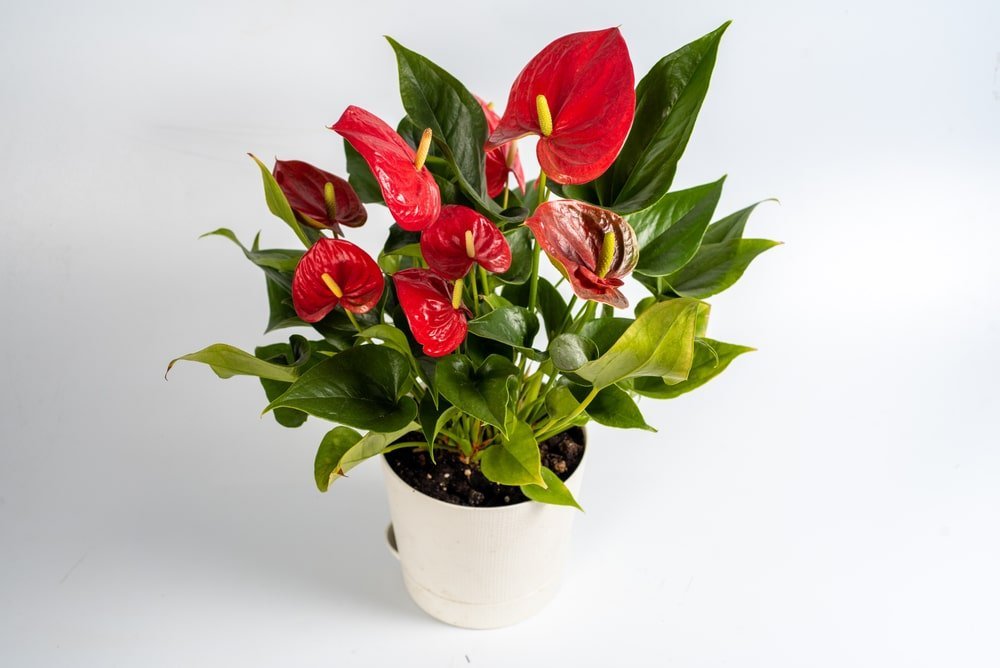
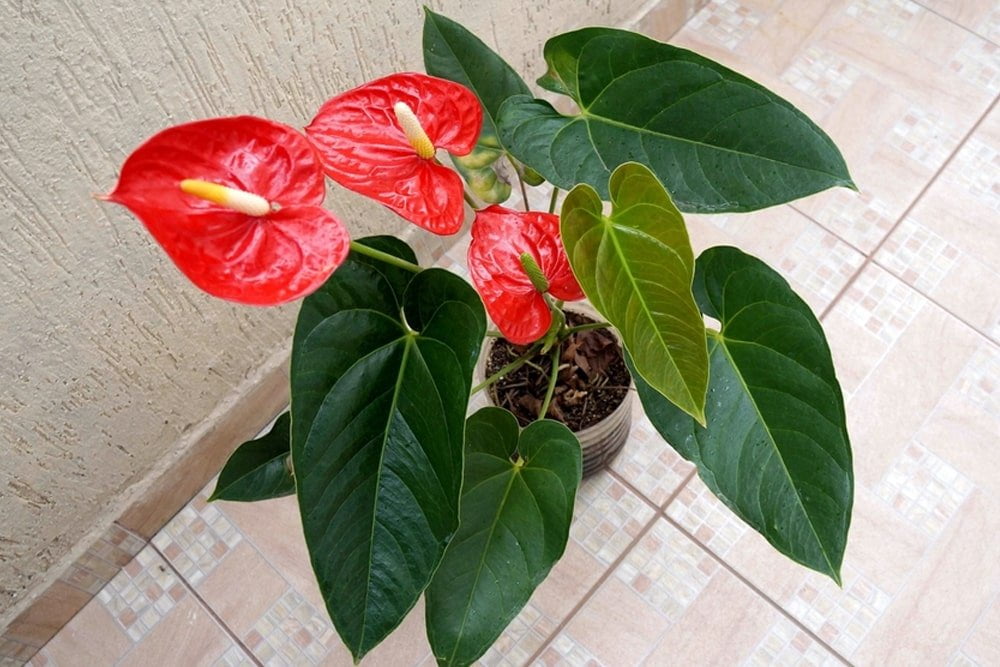


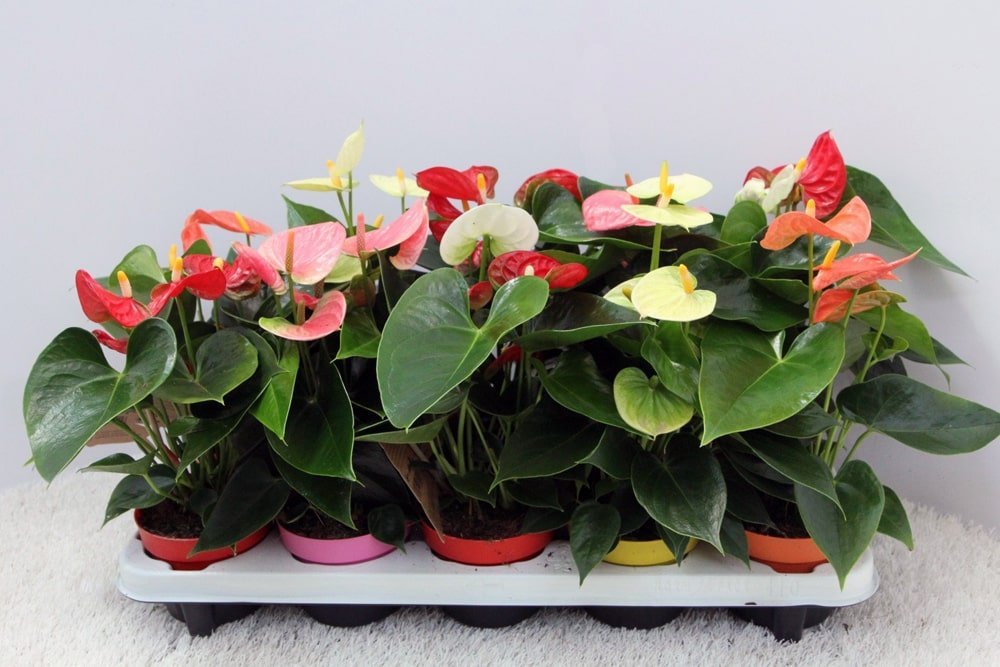


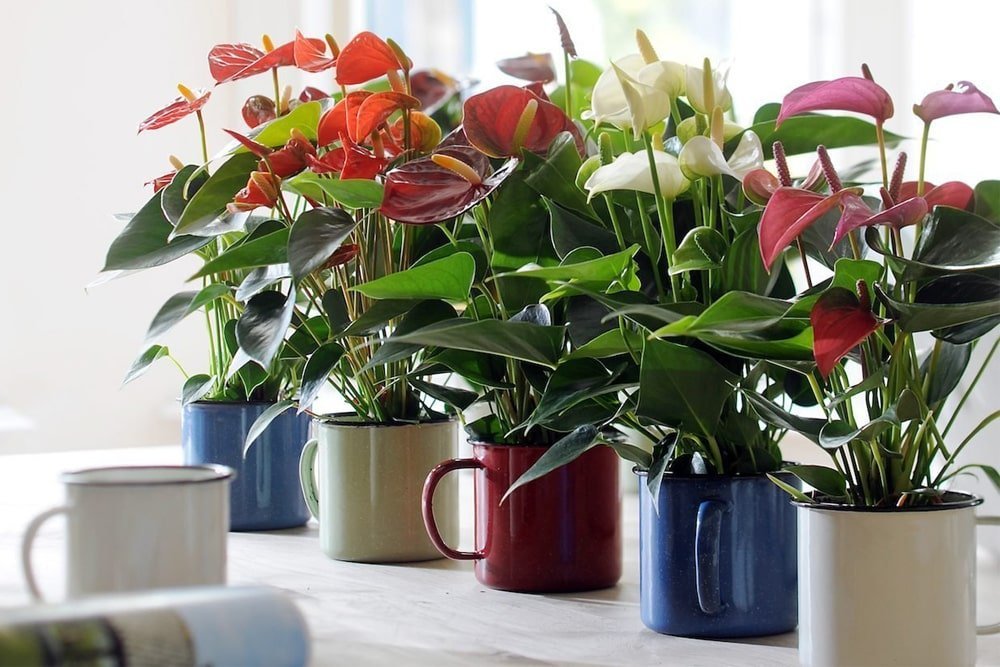
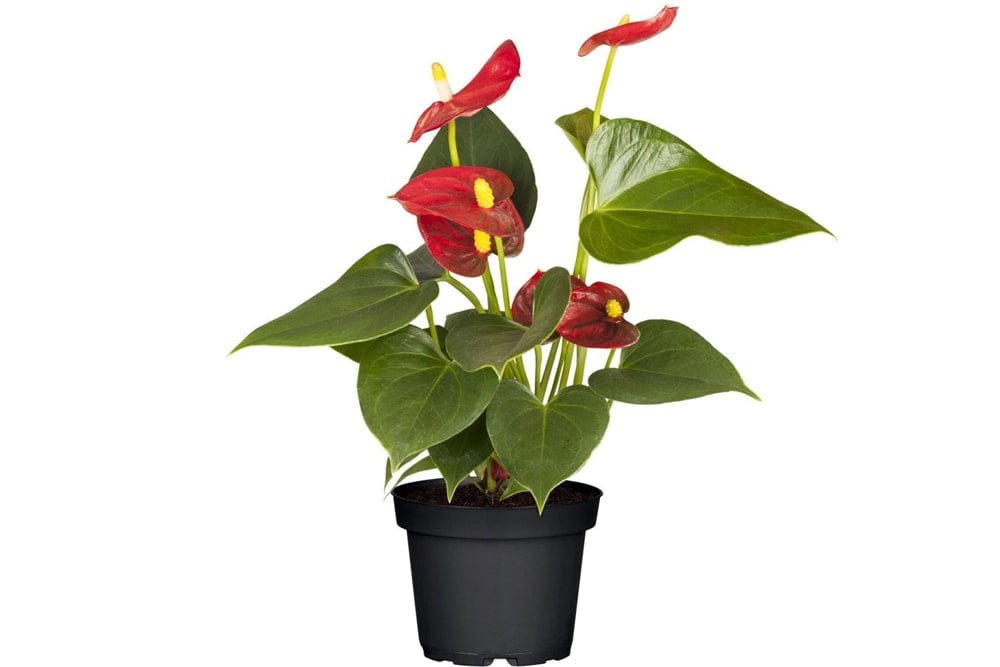
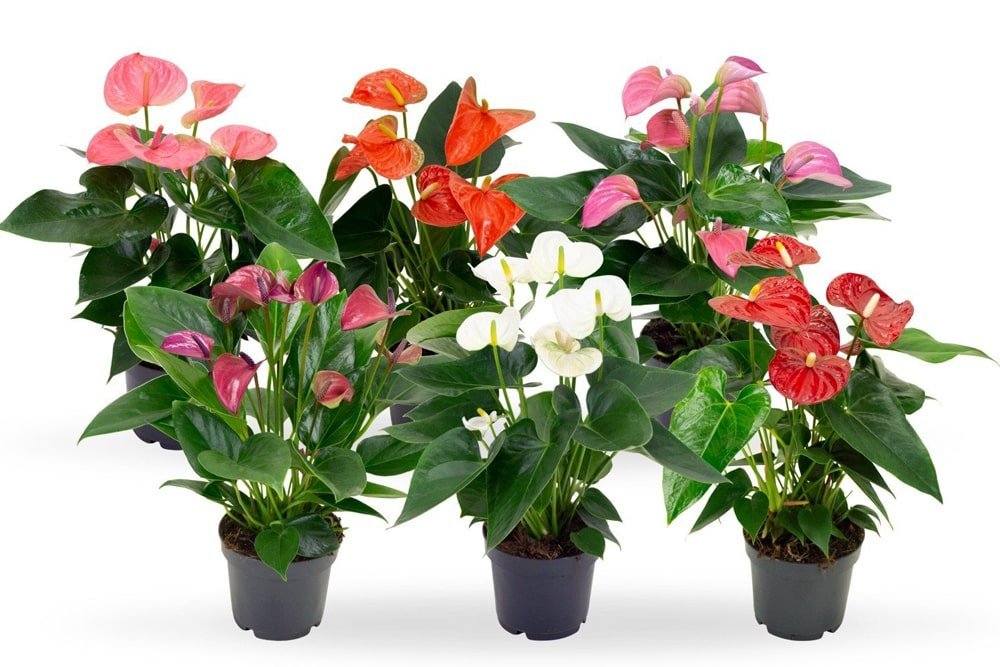
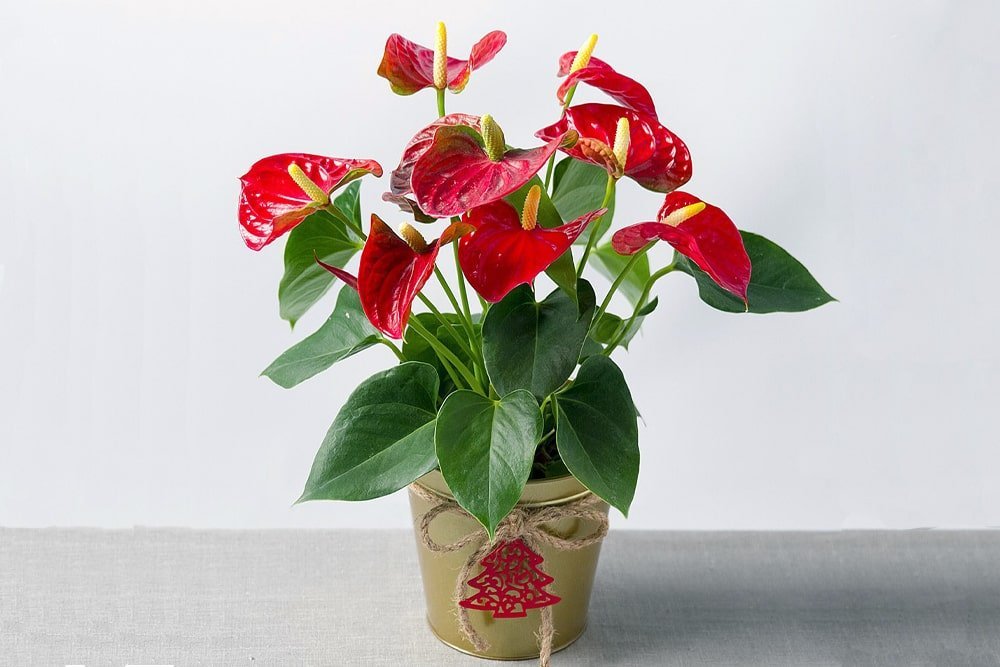


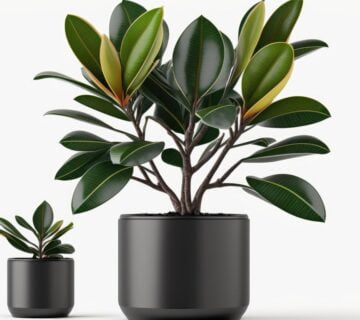
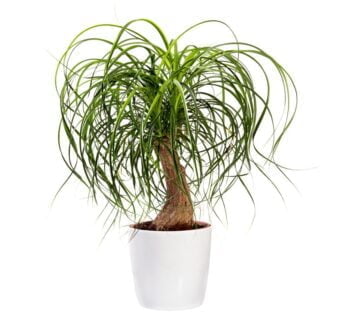
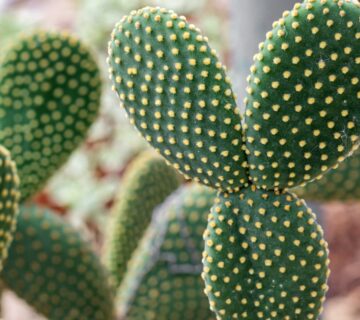
No comment